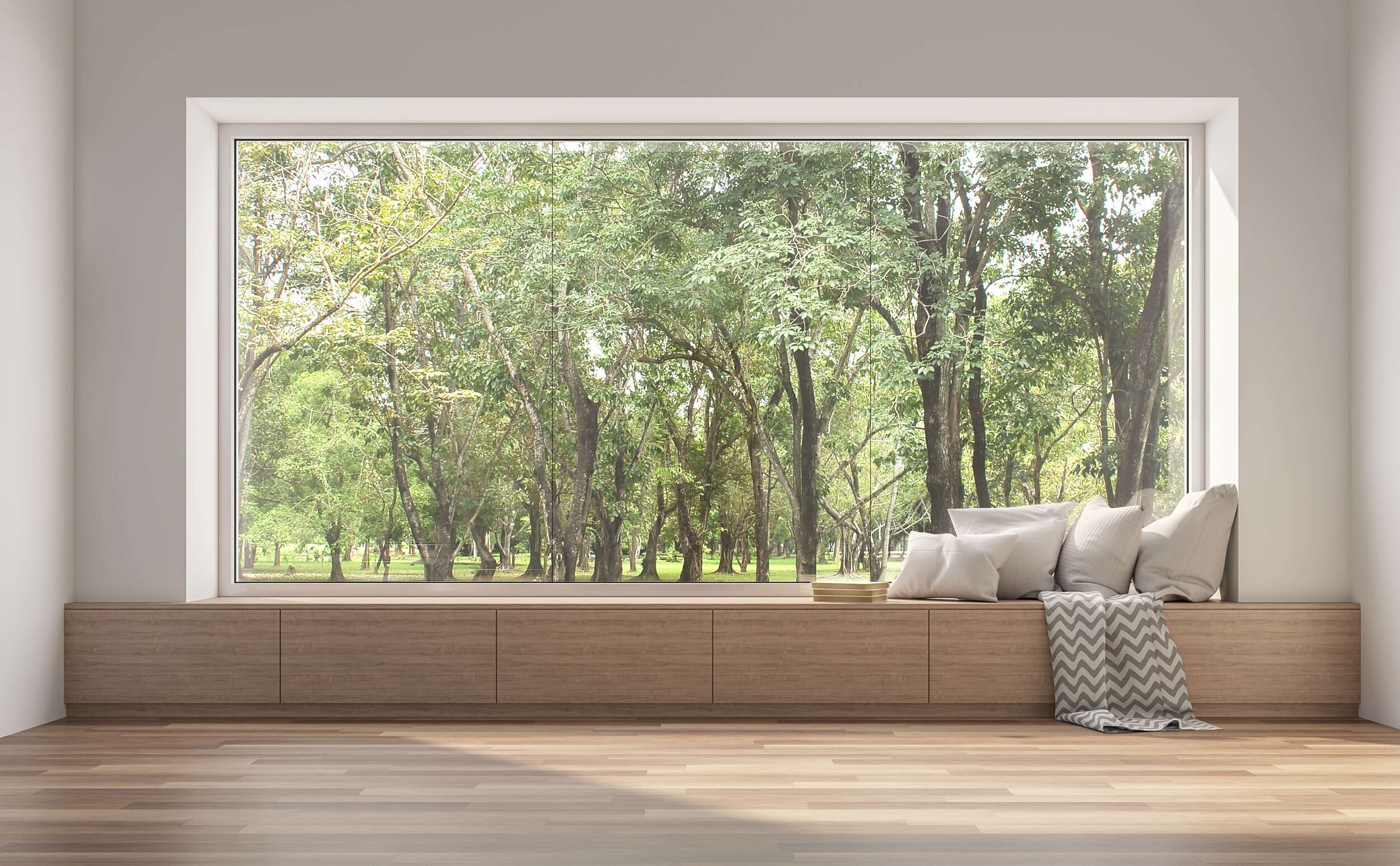How to Choose the Right Windows for Your Room Addition: Expert Tips
Introduction
Adding a room to your home is an exciting opportunity to enhance your living space, and the right windows can make a significant difference in terms of aesthetics, energy efficiency, and functionality. With various styles, materials, and features available, selecting the perfect windows for your room addition can be a daunting task. In this blog, we’ll explore four expert tips to help you choose the right windows for your new space.
1. Consider the Architectural Style of Your Home
The windows you choose for your room addition should complement the existing architectural style of your home. This will create a cohesive look and enhance the overall appeal of your property.
Window Styles: Common styles include double-hung, casement, sliding, and bay windows. Select a style that matches the existing windows in your home to maintain visual harmony.
Grille Patterns: If your current windows feature decorative grilles or muntins, consider incorporating similar patterns in your new windows to achieve a unified appearance.
Color and Finish: Choose window colors and finishes that coordinate with your home’s exterior. Neutral tones tend to blend well, while bold colors can create a striking focal point.
2. Prioritize Energy Efficiency
Energy-efficient windows can significantly reduce heating and cooling costs and contribute to a more comfortable living environment. When selecting windows for your room addition, consider the following energy-efficient features:
Low-E Glass: Look for windows with low-emissivity (Low-E) glass, which helps reduce heat transfer and block harmful UV rays. This feature can keep your room cooler in summer and warmer in winter.
Insulation: Choose windows with double or triple glazing for better insulation. The additional panes create an insulating layer that reduces energy loss.
Energy Star Rating: Check for the Energy Star label, which signifies that the windows meet energy efficiency guidelines set by the U.S. Environmental Protection Agency (EPA).
3. Think About Natural Light and Ventilation
Natural light and ventilation are essential aspects of any room addition. The right windows can enhance both, creating a bright and airy space.
Window Placement: Strategically position windows to maximize natural light without compromising privacy or creating glare. Consider the sun’s path and how it will affect your room throughout the day.
Size and Style: Larger windows, such as picture or sliding windows, can provide expansive views and abundant light. Additionally, casement or awning windows can open to allow fresh air into the space.
Skylights: If wall space is limited, consider installing skylights to bring in natural light from above. They can create a unique ambiance and make your room feel more spacious.
4. Evaluate Maintenance and Durability
When selecting windows for your room addition, consider the long-term maintenance and durability of the materials.
Material Options: Common window materials include wood, vinyl, fiberglass, and aluminum. Each has its pros and cons regarding maintenance, insulation, and longevity. For example, vinyl windows require less maintenance than wood but may not provide the same aesthetic appeal.
Weather Resistance: Choose windows that are designed to withstand your local climate. Look for features such as weatherstripping, impact resistance, and corrosion resistance to ensure durability.
Warranty: Always check the manufacturer’s warranty for the windows you are considering. A good warranty can provide peace of mind and protect your investment.
FAQs
Q: How do I determine the right size windows for my room addition?
A: The size of your windows should complement the scale of your room and align with the design of your existing home. Consult with a contractor or designer to determine the best size for your space.
Q: Are there specific window styles that work best for room additions?
A: Styles such as sliding, casement, and picture windows are popular choices for room additions due to their ability to provide ample light and ventilation.
Q: How much do energy-efficient windows cost?
A: The cost can vary based on the size, style, and materials of the windows, but energy-efficient options generally come with a higher upfront cost that can lead to long-term savings on energy bills.
Q: How often should I replace my windows?
A: Windows typically last between 15 to 30 years, depending on the materials and maintenance. If you notice drafts, condensation, or difficulty opening and closing, it may be time to consider replacements.
Q: Can I install windows myself, or should I hire a professional?
A: While some homeowners may choose to install windows themselves, hiring a professional is recommended to ensure proper installation and avoid potential issues down the line.
Conclusion
Choosing the right windows for your room addition is crucial for achieving a functional, aesthetically pleasing, and energy-efficient space. By considering the architectural style of your home, prioritizing energy efficiency, maximizing natural light and ventilation, and evaluating maintenance and durability, you can make informed decisions that enhance your new room’s overall appeal.
Ready to choose the perfect windows for your new room addition? As trusted contractors in the Bay Area, we’re here to assist you at every step of your home remodel journey. Whether you’re in San Francisco, Fremont, or Santa Clara, your dream room addition is just a call away. Contact us today for a free consultation, and let’s create the ideal space for your home!







